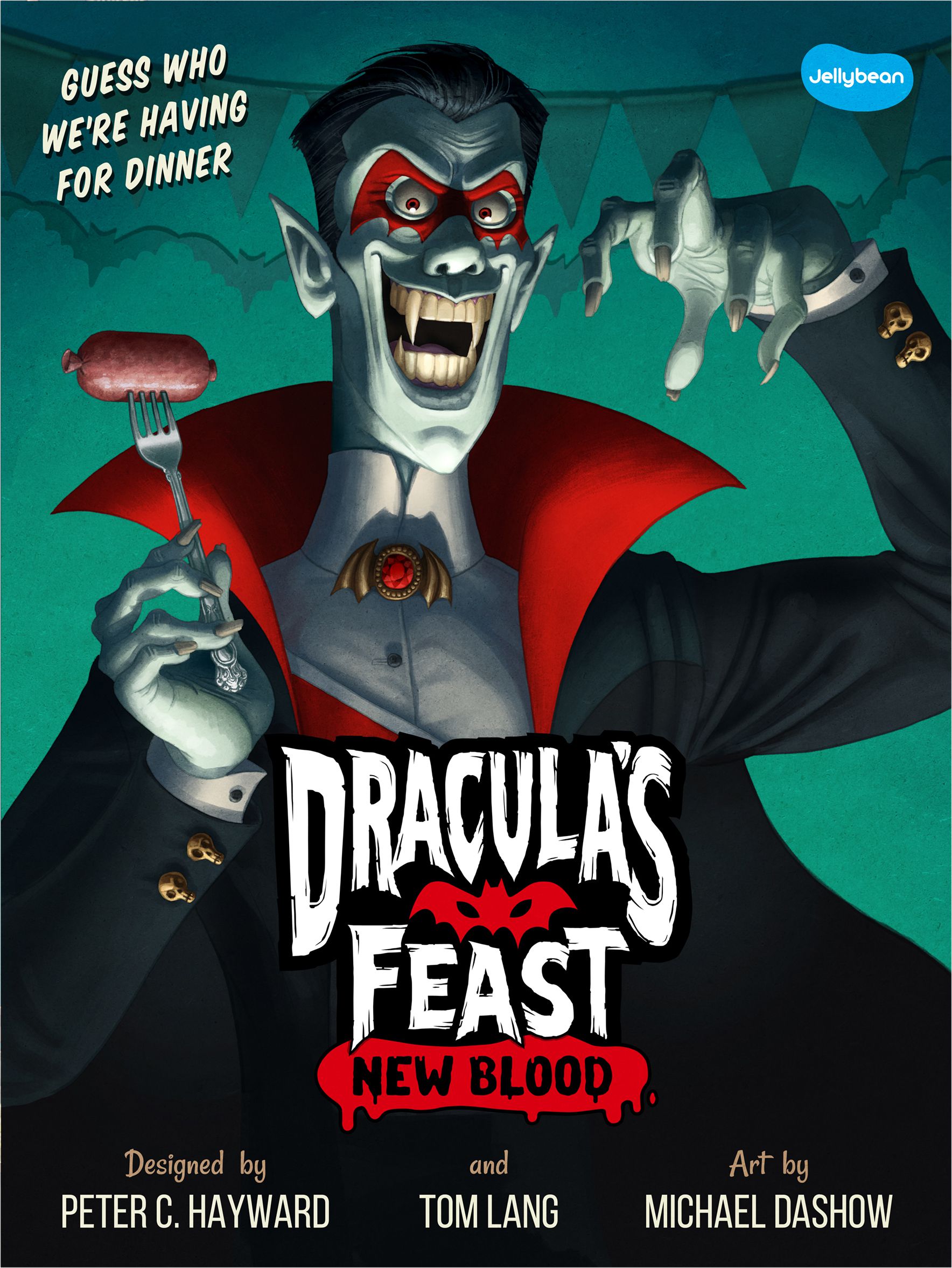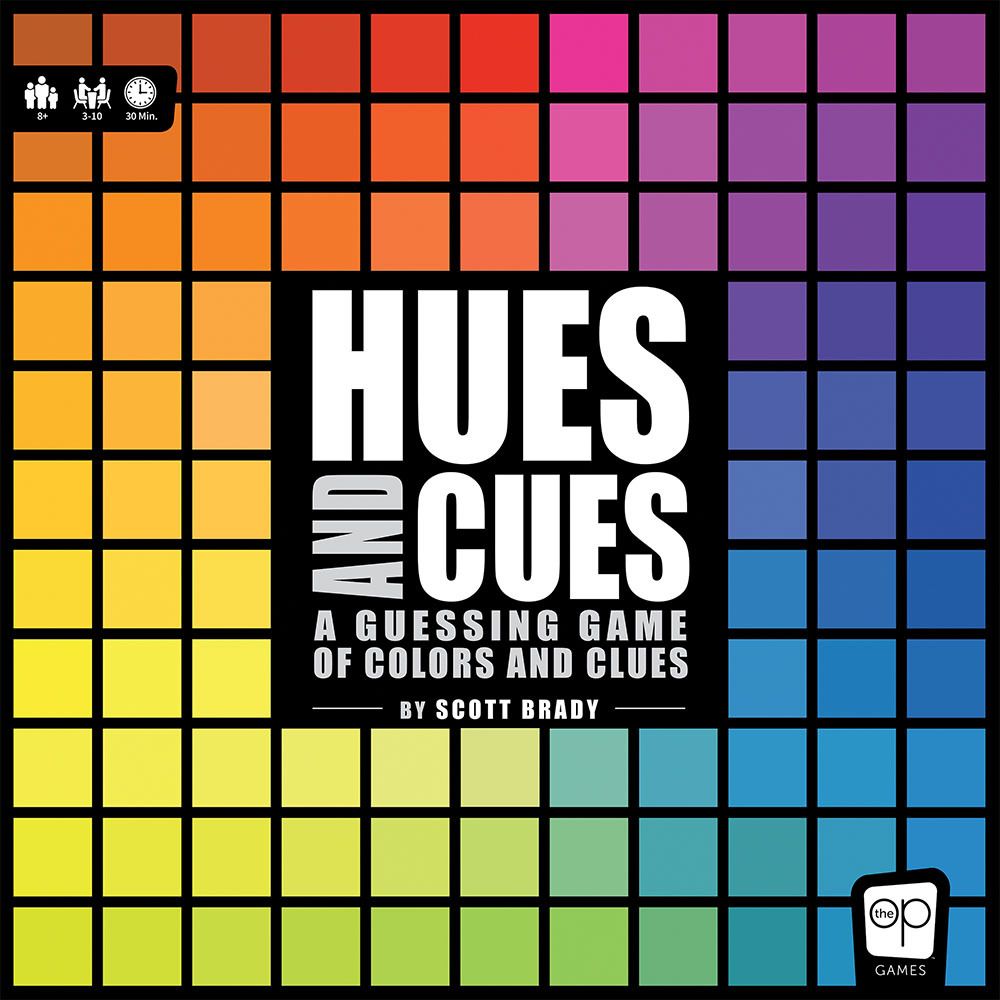The action in the party game Stringamajig is part drawing and part charades with a string. Each player is given 60 seconds to draw a shape with a loop of string, move it around, and interact with it, trying to help other players guess that word, then as many other words as possible in the time allotted.
On a player's turn, they draw the top card of the deck, with each card showing four numbered objects or phrases; the top card of the deck will show 1-4 numbers, and those numbers indicate which objects the drawer can choose to depict with the string.
When the drawer is ready, they flip the sand timer, grab the string, and start "drawing" — but they can interact with that drawing to help others guess the object, such as strumming a guitar, moving the tentacles on an octopus, or twirling the rotors on a helicopter. The drawer can't make any noise, and part of the string has to remain touching the table while they animate their drawing. Otherwise, the drawer can get crazy with it.
The other players call out their ideas, and when a player guesses the word correctly, they receive the card, then the drawer quickly moves on to their next drawing. When time is up, the drawer scores 1 point for each word that was guessed correctly, and each player scores 1 point for each correct guess they made.
The game contains three types of challenge words that are harder to draw, but worth 2 points if guessed:
2-Player: Make the drawing in the air with another player.
Don't Look: Draw with your eyes closed.
Forbidden Word: Guessing a certain word costs a card.
After everyone has had two turns as the drawer (or one turn in a game with seven or more players), the game ends, and the player with the most points wins.
/pic5509026.png)
/pic5231005.jpg)

/pic5249010.jpg)
/pic5295946.jpg)
/pic5254404.png)
/pic5323062.png)

/pic5398236.jpg)
/pic5532617.jpg)